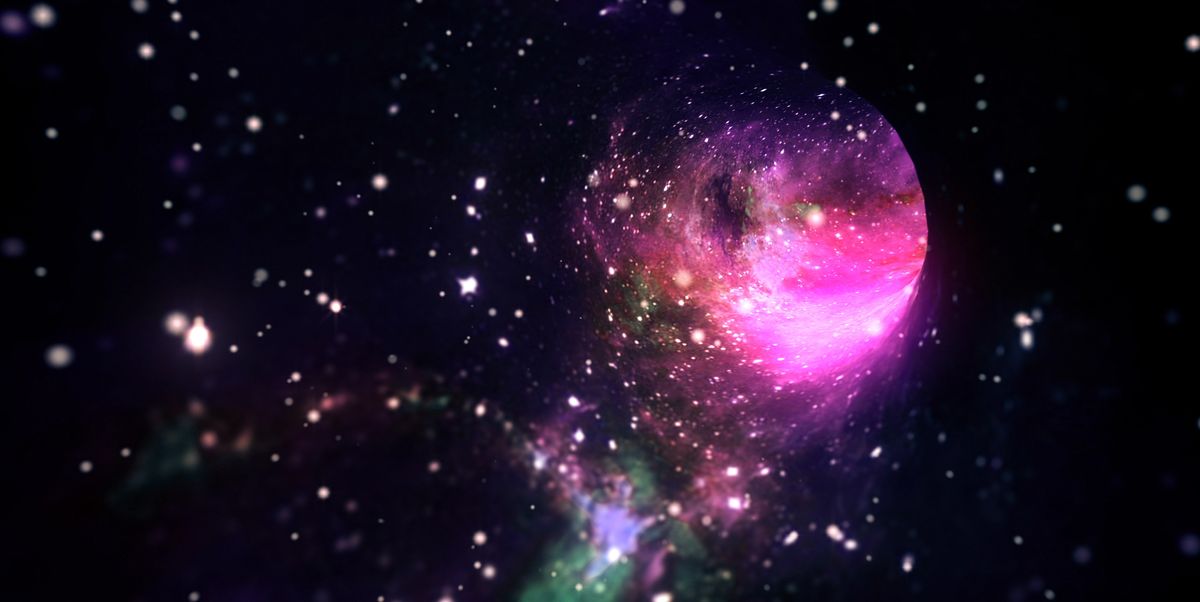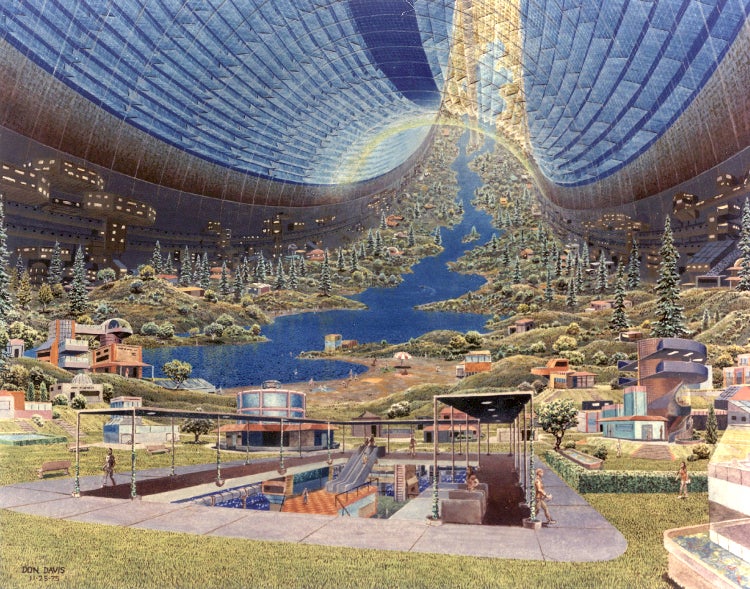Stryder50
Platinum Member
This is a viable probability, especially if there are 4th and/or more spatial dimensions."Einstein–Rosen bridges" or "wormholes"
...
A wormhole (or Einstein–Rosen bridge or Einstein–Rosen wormhole) is a speculative structure linking disparate points in spacetime, and is based on a special solution of the Einstein field equations.
A wormhole can be visualized as a tunnel with two ends at separate points in spacetime (i.e., different locations, or different points in time, or both).
Wormholes are consistent with the general theory of relativity by Einstein, but whether wormholes actually exist remains to be seen. Many scientists postulate that wormholes are merely projections of a fourth spatial dimension, analogous to how a two-dimensional (2D) being could experience only part of a three-dimensional (3D) object.[1]
A wormhole could connect extremely long distances such as a billion light years or more, short distances such as a few meters, different universes, or different points in time.[2]
...
Wormhole - Wikipedia
What Is Wormhole Theory?

What is a Wormhole?
Maths has predicted wormholes, but for now these bridges through space-time remain hypothetical
The Einstein-Rosen Bridge
The Einstein-Rosen Bridge
 i4is.org
i4is.org
A new ‘Einstein’ equation suggests wormholes hold key to quantum gravity
ER=EPR summarizes new clues to understanding entanglement and spacetime

A new ‘Einstein’ equation suggests wormholes hold the key to quantum gravity
A new Einsteinian equation, ER=EPR, may be the clue physicists need to merge quantum mechanics with general relativity.









:extract_focal()/https%3A%2F%2Fpocket-syndicated-images.s3.amazonaws.com%2Farticles%2F5724%2F1600713074_GettyImages-1227506218.jpg)
